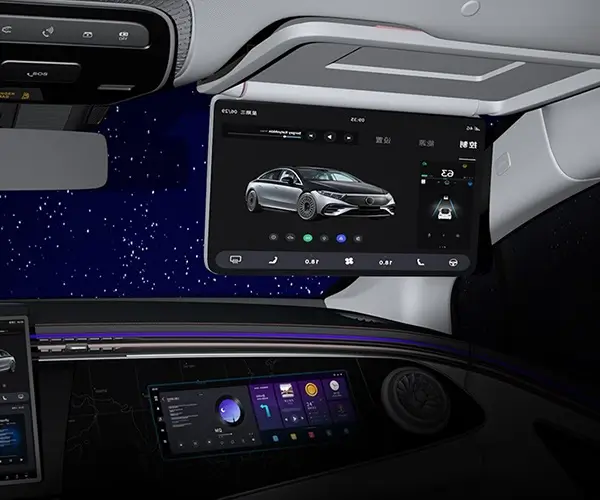Imagine this: you’ve always wanted to build your own robotic arm, a camera dolly for smooth shots, or maybe an automated door opener—whatever sparks your curiosity. At the heart of many of these projects lies a small yet mighty component called the servomotor. It’s the tiny superhero that enables precise, controlled movement, making complex motions appear effortless.

Getting a servomotor to do your bidding is more than just hooking it up; it involves understanding its language—programming. The good news? The Arduino platform makes it accessible for beginners and veterans alike. With a few lines of code, you can breathe life into your creations, adding a layer of automation and finesse that elevates your projects from simple to spectacular.
So, what makes Arduino and servomotors such a perfect match? First, Arduino’s open-source hardware and user-friendly programming environment lower the barrier to entry. Whether you're a seasoned coder or just starting, Arduino’s native functions like Servo.h make controlling servos simple and intuitive. Second, servomotors are incredibly versatile—they can rotate to specific angles, hold positions with torque, or even perform complex continuous rotations, opening up a universe of possibilities.
Let’s start by understanding the essentials. A typical servomotor requires a power supply (usually 5V), a control signal (PWM—pulse width modulation), and a ground connection. The control signal is what guides the servo to move to the desired position. The Arduino’s digital pins can generate this PWM signal, translating your code into physical motion.
To get you started, imagine writing a simple program that moves a servo back and forth between two points. It’s a classic beginner project but a powerful learning experience. Here’s a snippet to illustrate:
#include Servo myServo; void setup() { myServo.attach(9); // connect the servo control wire to digital pin 9 } void loop() { myServo.write(0); // move to 0 degrees delay(1000); // wait for a second myServo.write(90); // move to 90 degrees delay(1000); // wait for a second }
This simple code attaches a servo to pin 9 and makes it move between 0° and 90°, pausing in between. Pretty straightforward, right? But beneath this simplicity lies a world of customization—adjusting angles, speeds, or even creating complex movement patterns.
Now, you might be wondering: how does the code translate into the physical movement? Essentially, the Servo library generates a PWM signal where the width of the pulse determines the servo’s position. Typically, a pulse of 1ms corresponds to 0°, 1.5ms to 90°, and 2ms to 180°. By looping through various write() commands, you’re dictating these pulses, prompting the servo to rotate accordingly.
One critical tip for beginners: always check the servo datasheet for their specific pulse width ranges and power requirements. Overdriving a servo can lead to overheating or even damage. Also, remember that servos can draw more current under load, so powered external power supplies are often recommended for multiple or high-torque servos.
Beyond basic movement, the real magic happens when you start integrating sensor data, timing events, or even feedback loops. For instance, combining a potentiometer with a servo allows manual control—turn the knob, and the servo follows. Or, using sensors like ultrasonic distance detectors, you can create obstacle-avoiding robots or interactive art installations.
But before diving into complex projects, mastering the fundamentals is key. Practice how your servo responds to different write() values, experiment with speeds, and explore how to combine multiple servos for coordinated movements. This foundation empowers you to build anything from a simple pan-and-tilt camera to an articulate robotic hand.
Remember, each project begins with a single line of code. As you become more confident, you’ll see how versatile and rewarding working with servomotors can be. The world of Arduino robotics is waiting for your creativity—so grab your components, fire up the IDE, and start programming!
In the next part, we’ll explore advanced control techniques, troubleshooting tips, and inspiring real-world projects that show how to push the limits of servo-driven automation.
Leveraging innovations in modular drive technology, Kpower integrates high-performance motors, precision reducers, and multi-protocol control systems to provide efficient and customized smart drive system solutions.




































